Civil War Uniforms
So this page is about Civil War uniforms...
No way! You didn't see that coming did you?
I bet you're thinking the information on the rest of this page will be equally astounding.
There really isn't much to learn here is there? I mean, the pictures say it all. The guy wearing gray is a Confederate soldier, and the guy wearing blue is a Union soldier. Not much to it. Right?
Not so fast...
I thought the same thing when I got ready to write this page. I figured this would be a quick easy page to write...
Hahaha... Wrong!
With all the information I was finding I didn't know where to start...
There were so many variations among militia units and branches of service and then inconsistencies in the enforcement of uniform regulations in the regular armies. Combined with supply issues, it becomes the work of a professional historian and the filling of a book to even begin to scratch the surface of all there is to learn about American Civil War uniforms.
This page became hard to write...
Since I am no historian, and no one is coming here to read a book about uniforms; I decided instead to just pull out a couple things I found interesting and leave it at that.
First off, you should know that the soldiers above do appear in their ideal Civil War uniforms, but that is not the way it always worked...
Civil War Zouaves
|
Zouave? Well, it all starts in North Africa... Makes total sense, right? The Zouaves originated in the 1830s in North Africa. They were recruited from the Zouaoua (a Berber tribe) and became one of the most elite fighting units in the French Army of Algeria. They were not only known for their fighting qualities, but also for their distinctive and heavily tasseled uniforms. These usually included brightly colored, baggy pantaloons and bright turbans and fez hats. So there were a bunch of North African tribesmen wearing crazy uniforms fighting in the American Civil War? Not quite... Actually, this is what happened. The Zouave fighters became well known around the world and it became popular for militia units around the world to try to emulate their outlandish uniforms. The volunteer units raised for the Civil War were no exception... |
Early in the war, when almost everyone (on both sides) thought it would be nothing more than a quick adventure, volunteer militias devised uniforms that they thought would make them look very "grand" as they heroically marched off to battle. For many units, in both the north and south, this meant dressing like the famous Zouave fighters from North Africa.
The uniform above was worn by a soldier in a Union Zouave regiment from New York.
During the Civil War, many of the Zouave units adopted fighting styles more closely related to that of the North African fighters than to traditional infantry warfare. This often included a preference for light infantry style open formations, prone firing and reloading, and movement at double time rather than regular marching.
As the war wore on and militia units became part of the regular armies, many Zouave units began to disappear. This was due in a large part to the fact that the elaborate uniforms were very expensive to make. Although some Union regiments were issued Zouave uniforms in recognition of battlefield performance, many Zouave units disappeared as they were forced to adopt regular army uniforms.
Without a doubt, the Zouave Civil War uniforms were some of the most colorful, but they are not the only uniforms with interesting stories behind them...
Confederate Uniform: White?!?
When asked to describe the color of the Confederate uniform most people will simply say it was gray. A few people might even mention that, early on, butternut (brown) was the more popular uniform color among Confederate units. The color that almost no one will come up with is... White!
Early in the war, butternut was one of the more popular colors because the brown dye made from the butternuts was easily and cheaply made by civilians etc. At the same time, drab (or undyed) uniforms were also issued to many Confederate troops, because they were both cheaper and easier to make than dyed uniforms. Depending on how well washed the wool in these drab uniforms was, they could vary from white to yellowish-gray or brown.
Another tidbit before we get back to the drab uniforms, many people believe that gray uniforms became less prevalent in the Confederate army as the Civil war went on. This is commonly held to be true; because, it is believed the Confederacy was unable to produce uniforms anymore as the war went on, and therefore soldiers just wore whatever they could find. This is a common Civil War myth, and the opposite is actually true. About midway through the Civil War, the Confederacy began purchasing the well recognized "Confederate gray" uniforms from manufacturers in England and Ireland. Peter Tait & Company of Ireland was one of the main uniform makers whose products continued to make their way through the Union blockade and into Confederate hands until the end of the war.
Now back to the drab uniforms...
As I said above, the color of these uniforms depended on how well the wool had been cleaned before it was woven into cloth. Some manufactures preferred not to get the wool too clean; because, then it would retain some of its natural grease and would keep the machinery somewhat oiled as it was woven. At least that was the idea...
This practice led to somewhat dingily colored uniforms, but also led to something else as we can learn from Missouri Confederate Ephraim Anderson:
"The cloth was rough and coarse texture, and the cutting and style would have produced a sensation in fashionable circles; the stuff was white, never having been colored, with the exception of a small quantity of dirt and a good supply of grease - the wool had not been purified by any application of water since it was taken from the back of the sheep. In pulling off and putting on the cloths, the olfactories were constantly exercised with a strong odor of that animal... ...Our cloths, however, were strong and serviceable, [even] if we did look and feel somewhat sheepish in them."
Another somewhat humorous account of Confederate soldiers experiences with drab uniforms came just as the Texas 2nd Infantry was ready to march to Shiloh. As the men prepared to march, the new uniforms arrived:
"When the packages were opened, we found the so-called uniforms as white as washed wool could make them. I shall never forget the men's consternation and many exclamations not quoted in the Bible..."
"The new uniforms waiting in Corinth to greet the regiment on their arrival were unconventional, to say the least. Bundles of white wool uniforms had been sent with no designation as to size. The uniforms were issued and a comical scene ensued. Soon the company grounds were full of men strutting up and down, some with trousers dragging under their heels, while those of others scarcely reached the tops of their socks: some with jackets so tight they resembled stuffed toads, while others had ample room to carry three day's rations in their bosoms. The exhibition closed with a swapping scene that reminded one of a horse-trading day in a Georgia county town."
The Texan's uniforms and vicious fighting did leave an impression on the Union troops at Shiloh. With one Yankee describing the regiment as "...them hell-cats that went into battle dressed in their grave clothes."
If you are interested in reading more about the use of drab Confederate uniforms start with Drab, The Forgotten Confederate Color, by historian Fred Adolphus.
American Civil War Uniforms
This is just a taste of all the interesting stuff that is out there to be learned about Civil War uniforms. While we barely scratched the surface, I think there might be some stuff here that not everyone has heard of.
As always, feel free to contact me with suggestions on Civil War uniform stories you would like to hear more about...
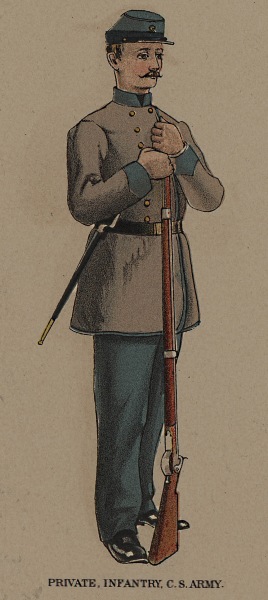
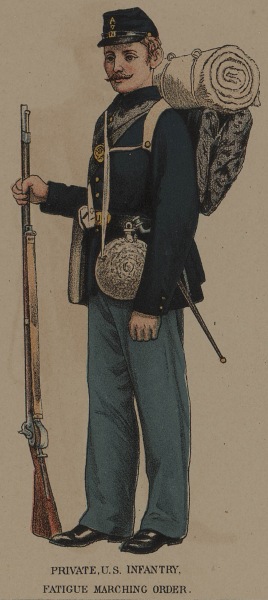

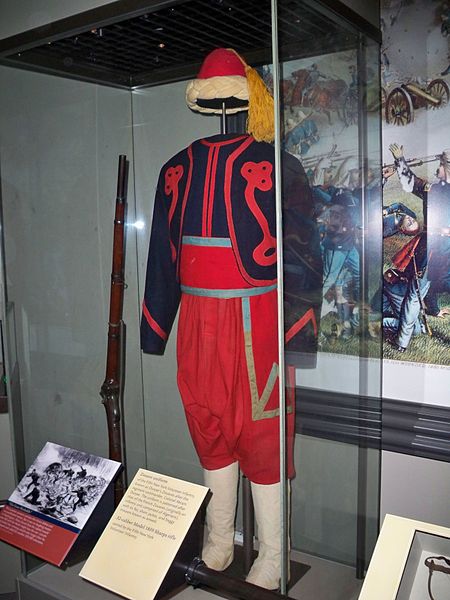
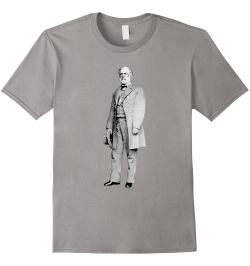
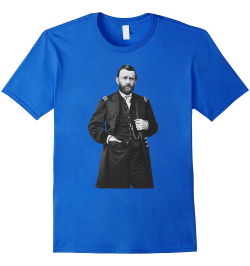

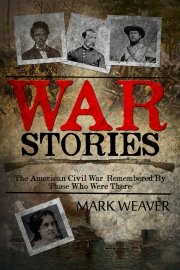
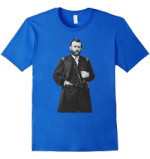
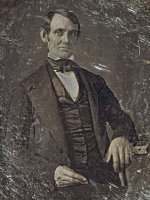
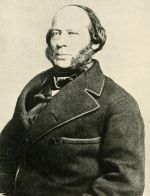
New! Comments
Have your say about what you just read! Leave me a comment in the box below.